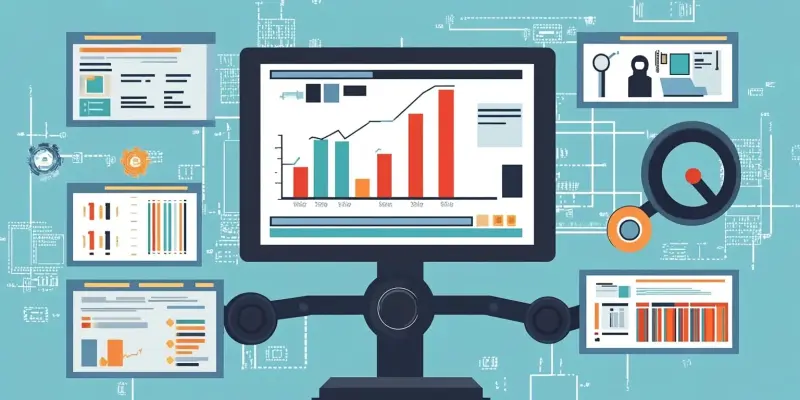In today’s fast-paced and highly competitive business environment, companies are increasingly turning to automation to streamline operations and improve productivity. Robotic Process Automation (RPA) tools have become essential in achieving these goals. Among the many RPA tools available, Microsoft Power Automate stands out due to its robust features and seamless integration with other Microsoft products. However, the question remains: is it the right RPA tool for your business?
Key Functionalities to Look for in RPA Software
When evaluating RPA tools, it’s crucial to consider several key functionalities. Interoperability is vital; your chosen RPA software must work seamlessly with your existing software applications to be effective. Data augmentation capabilities are also important, as they allow the processing of various data types to enrich business insights. A flexible programming interface is essential in configuring bots for streamlined operations, enabling businesses to set up their automation processes with ease. These core functionalities determine how well an RPA tool can meet your specific needs.
Ease of Use, Flexibility, and Scalability
Another critical consideration when selecting an RPA tool is its ease of use, flexibility, and scalability. The software should be user-friendly, allowing even those with limited programming expertise to build automation workflows. Flexibility is key; the tool should enable customizations without necessitating extra costs. Scalability ensures that the tool can efficiently handle differing use cases and data volumes, adapting as your business grows. Microsoft Power Automate excels in these areas, offering a comprehensive set of features designed for varying business demands.
Industry Utilization of RPA Software
Various industries are capitalizing on RPA software to optimize their operations. In healthcare, RPA is used for scheduling appointments and processing patient data, thereby enhancing efficiency and accuracy. The retail sector employs RPA to update orders and track shipments, improving customer satisfaction and streamlining supply chain processes. In banking, RPA improves operational efficiencies and bolsters security by handling routine tasks associated with customer data and transactions. Manufacturing industries use RPA to assist with supply chain logistics and customer support, demonstrating the versatile nature of these tools.
Limitations of RPA Tools
Despite the impressive capabilities of RPA tools, they have limitations that businesses need to consider. Primarily, RPA solutions are rule-based and designed for structured data, necessitating programming within specific parameters. As a result, if business processes change, the automation bots must be reprogrammed, which can be time-consuming. Moreover, RPA tools may struggle with unstructured data and might not adapt to new processes, leading to limited value over time. Hence, it is essential to evaluate these risks before full-scale implementation.
Best Practices for RPA Implementation
To ensure successful deployment of RPA tools, certain best practices should be followed. Start by auditing your operational processes to identify suitable tasks for automation. Choose the right tools that support the identified tasks effectively. Training employees on the usage of these tools is also crucial for maximizing their potential. Regularly monitor key performance indicators to assess the success of the RPA implementation. Continuous monitoring ensures the chosen processes are appropriate, and the bots are working within set parameters, contributing sustained value to your business.
Conclusion
In today’s fast-paced, competitive business landscape, companies increasingly rely on automation to streamline operations and boost productivity. Robotic Process Automation (RPA) tools are crucial for achieving these objectives. Among the various RPA tools available, Microsoft Power Automate stands out, thanks to its comprehensive features and seamless integration with other Microsoft products. Its ability to automate workflows across different applications makes it an attractive option for businesses looking to optimize their processes.
Nevertheless, the question remains: is Microsoft Power Automate the right RPA solution for your business? To determine this, you need to consider several factors, such as the complexity of your workflows, your existing technology stack, and the specific needs of your organization. While Power Automate offers many advantages, it is essential to evaluate whether it aligns with your company’s goals and can effectively address your automation requirements. By carefully assessing these aspects, you can make an informed decision about whether Microsoft Power Automate is the best fit for your business’s automation strategy.

